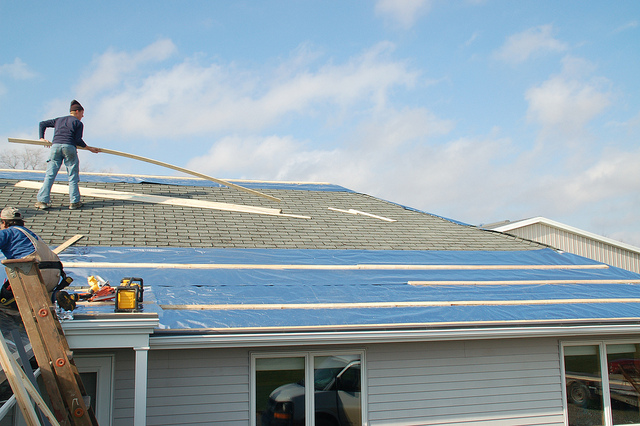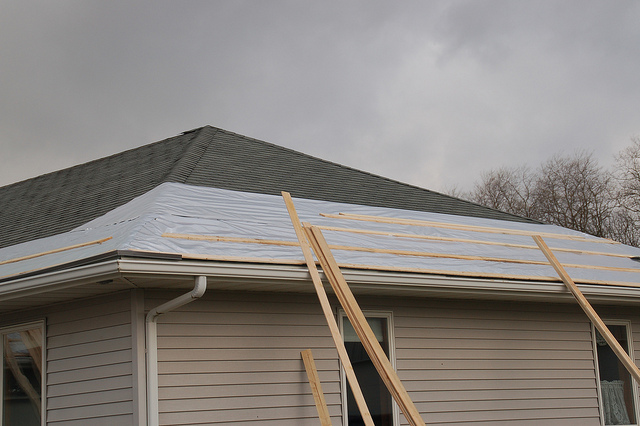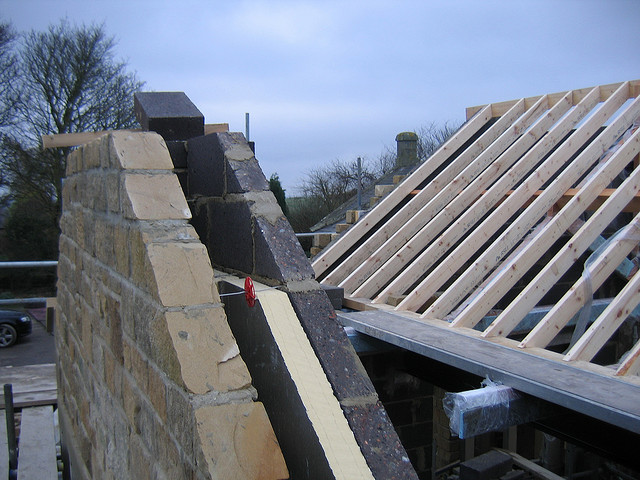You probably didn’t know that your home can lose as much as 25 percent of its heat through the uninsulated roof, while your heating costs can be increased by up to 40 percent. This is happening because warm air tends to travel upwards, to the roof space and then outside the house. It is similar with cooling. During the hot days, roof becomes very hot and thus, your entire house too. The only wise thing to do in this case is to insulate your roof. The expenses of it are not that high compared to what you’ll save in the future. Before you start working on it, there are some things you should consider. Read on to get a full insight into roof insulation.
Warm Loft or a Cold Loft?
You can decide for one of these options based on your needs. A warm loft means that insulation will be placed right under the roof and your loft space will be just as warm as the rest of your house. This is a good idea if you are planning to redesign it for usage. Cold loft is when the space above the ceiling of the top storey is insulated. That means that the heat from the house isn’t traveling as far as to the loft. It is the simplest and the easiest option.
Types of Insulations
The materials used for warm roof insulation are mineral or glass wool insulation and battens of wood in charge of hold the wool in place. Polystyrene slabs and expanded polystyrene can also be used in this purpose. Polyurethane spray foams can be applied to the areas where the roof is somewhat damaged to help hold the structure together. If there are missing or slipped tiles, however, they must be taken care of, before applying the foam.

The Depth of Insulation
The usual depth of glass or mineral wool insulation is 250 to 270mm. If you, however, already have some type of insulation that was put some time ago, you will need to check its depth to find out how to proceed. Any insulation blanket that is less than 100mm is probably very old and should be removed. If the depth of the existing insulation material is 100 or 170mm, you’ll be able to top up older insulation with the appropriate amount of new one until you reach the recommended depth.
The Costs
Warm roof insulation can be rather costly, but if you are planning on having rooms in your loft space, that is a better idea. If you decide for the cheaper and simpler solution, the cold roof, you should know that this is the option that can be grant-funded, and it is also easy to perform as a DIY project. Cold roof is quite efficient and easy way to save the heat inside your home and you can even score free insulation deals. This should reduce your bills by 10 to 50 percent.

Additional Tasks
There are number of additional tasks you mustn’t ignore. To avoid pipe bursting during the winter, you should cover them with pipe insulation. Insulation must go over any tanks, but never under them. Only if the tank is raised at least 10cm above the ground, you can insulate below it. Try to leave electric cables exposed, if there are any and protect recessed halogen lights in the room below before they end up covered with insulation. At the end, make sure to insulate the loft hatch.
You should look at roof insulation as a smart long-term investment. Once you see the results, you’ll be more than satisfied you’ve done it and probably start thing how to make your attic more functional.
























